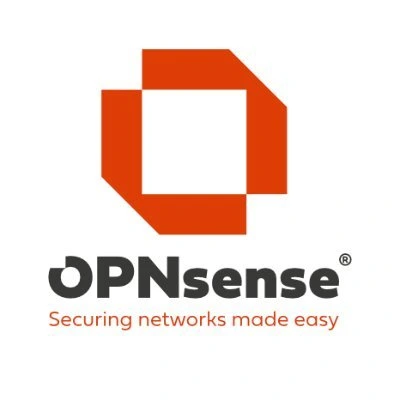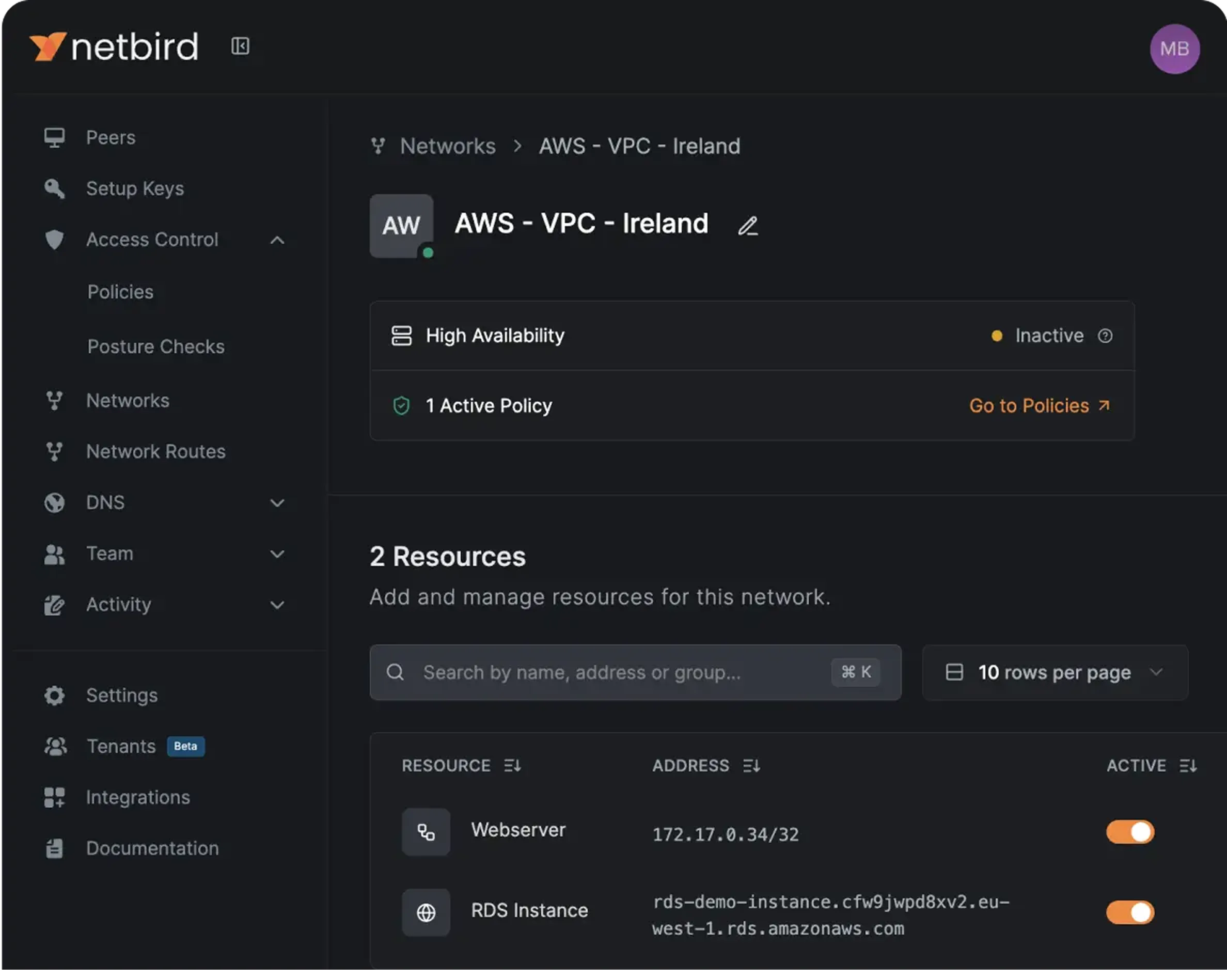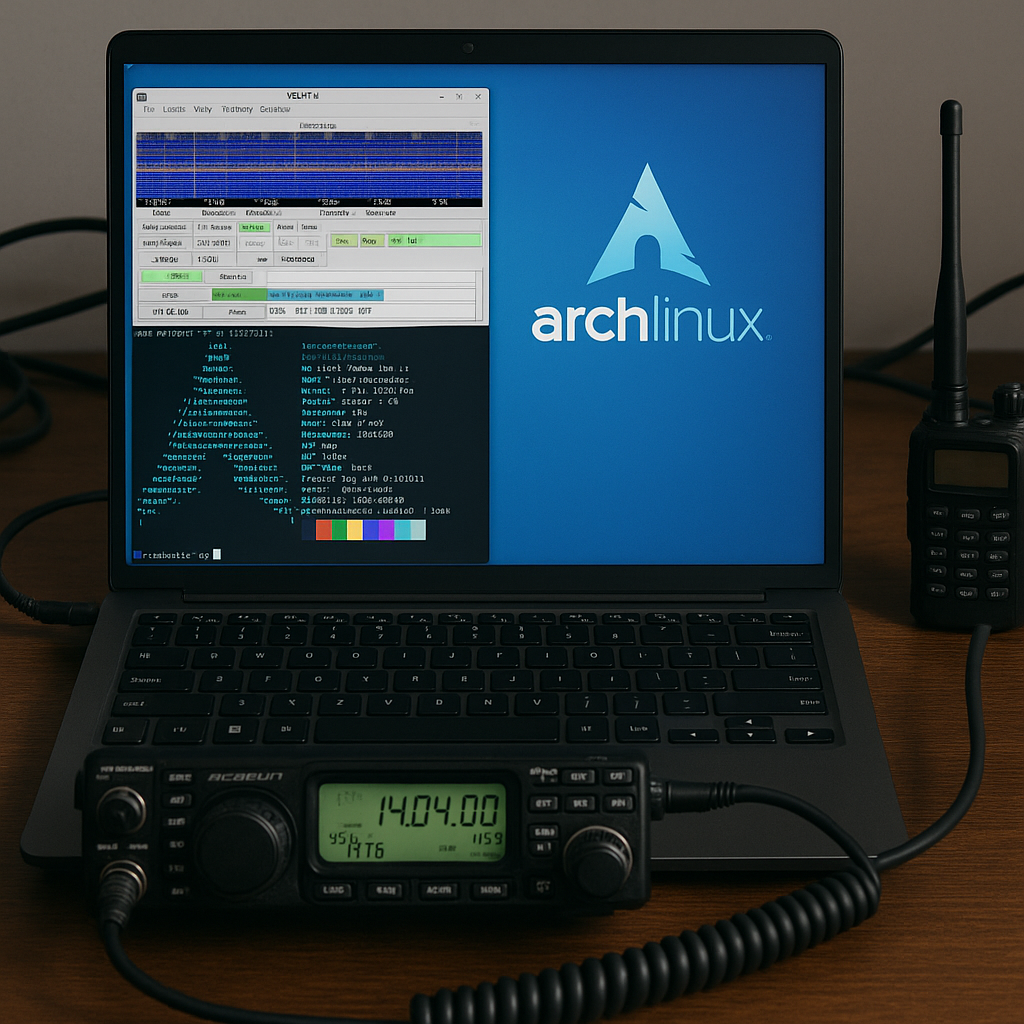firewall
free open source software
freebsd
networking
OPNsense
router
dual wan, firewall appliance, freebsd, gateway group, homelab firewall, internet failover, internet redundancy, load balancing, multiwan, network resilience, open source firewall, open source networking, opnsense, small office network
9M2PJU
0 Comments
How Multi-WAN Failover & Load Balancing Work in OPNsense – Open Source Network Resilience
In today’s connected world, relying on a single internet connection can be risky. Whether in a small office, educational environment, or smart home setup, internet outages can disrupt workflows, communication, and services.
With OPNsense, a powerful free and open-source firewall platform, it’s possible to configure multi-WAN failover and load balancing, ensuring high availability and improved performance—without the cost of proprietary systems.
🔓 What is OPNsense?
OPNsense is a fully featured, open-source firewall and routing platform based on FreeBSD. Developed by Deciso and supported by a global community, it provides enterprise-level networking capabilities to individuals, businesses, and institutions for free.
Key features include:
- Firewall, NAT, and traffic shaping
- VPN support (IPsec, OpenVPN, WireGuard)
- Intrusion detection and prevention
- VLANs, IPv6, and DHCP/DNS services
- Multi-WAN failover and load balancing
- Plugin system for added functionality (HAProxy, Zabbix, ntopng, etc.)
OPNsense includes an intuitive web-based GUI, making advanced network configurations accessible even to non-experts.
🌐 Why Multi-WAN?
Multi-WAN refers to using two or more internet connections simultaneously. This improves both reliability and bandwidth efficiency.
There are two common use cases:
- Failover – Provide redundancy if one ISP goes offline.
- Load Balancing – Distribute traffic across multiple links to maximize bandwidth usage and reduce latency.
Both are configurable in OPNsense using built-in tools, requiring no third-party software.
🔁 Failover: Automatic Internet Redundancy
Failover ensures automatic switching to a backup connection when the primary WAN goes offline.
How Failover Works in OPNsense:
- Each WAN interface is assigned a gateway.
- A Gateway Group is created with priority tiers (e.g., Tier 1 for primary, Tier 2 for backup).
- OPNsense monitors the health of each WAN using DPinger (ICMP ping to a stable external IP such as
8.8.8.8). - If the primary WAN fails (e.g., due to packet loss or high latency), OPNsense routes traffic to the backup WAN.
- When the primary connection recovers, routing automatically returns to the preferred gateway.
Failover is commonly used in businesses, retail stores, or any environment where internet uptime is critical.
⚖️ Load Balancing: Optimizing Bandwidth Usage
Load balancing allows distribution of outbound traffic across multiple internet links.
How Load Balancing Works:
- Multiple WAN interfaces are added to the same Gateway Group with equal tier levels (e.g., both set to Tier 1).
- OPNsense uses round-robin routing to assign new connections across the available gateways.
- This improves overall bandwidth availability and user experience during peak usage times.
Note: Individual TCP/UDP sessions are not split between WANs. Load balancing works on a per-connection basis.
This setup is ideal for shared office networks, multi-user households, and public Wi-Fi deployments where internet usage varies widely.
🧰 Example Configuration Scenarios
1. Basic Failover Setup
- Primary WAN: Fiber broadband (Tier 1)
- Secondary WAN: LTE modem (Tier 2)
- Result: Internet automatically switches to LTE during fiber outages.
2. Load Balanced Setup
- WAN1: 100 Mbps fiber
- WAN2: 50 Mbps DSL
- Configuration: Both set to Tier 1 in a Gateway Group
- Result: New connections are distributed between the two links, improving throughput.
3. Hybrid Setup
- Create multiple Gateway Groups:
- One for general traffic (load balanced)
- One for VoIP or VPN (failover only)
- Use firewall rules to apply specific Gateway Groups based on traffic types or source networks.
✅ Best Practices for Multi-WAN on OPNsense
- Monitor IPs: Use reliable external IPs (e.g., 1.1.1.1 or 8.8.8.8) for WAN monitoring.
- Sticky Connections: Enable to maintain session stability (useful for banking, video conferencing).
- DNS Configuration: Use the DNS Resolver with custom forwarding to prevent DNS leakage or loopback issues.
- Firewall Rules: Explicitly define routing per traffic type or VLAN to make full use of multiple WANs.
🧾 Summary
| Feature | Purpose | Benefit |
|---|---|---|
| Failover | Backup connection during outage | Ensures internet continuity |
| Load Balancing | Distributes traffic across WANs | Optimizes performance and bandwidth |
| Open Source | Transparent and modifiable system | No licensing costs, full control |
OPNsense enables users to build a robust, cost-effective, and enterprise-grade network using entirely free and open-source tools. Its multi-WAN functionality provides reliability and flexibility that rivals commercial products—making it a powerful choice for modern networking needs.
🔗 Further Reading
- OPNsense Multi-WAN How-To Guide
- OPNsense Official Website
- FreeBSD Project – The operating system OPNsense is built on







Post Comment